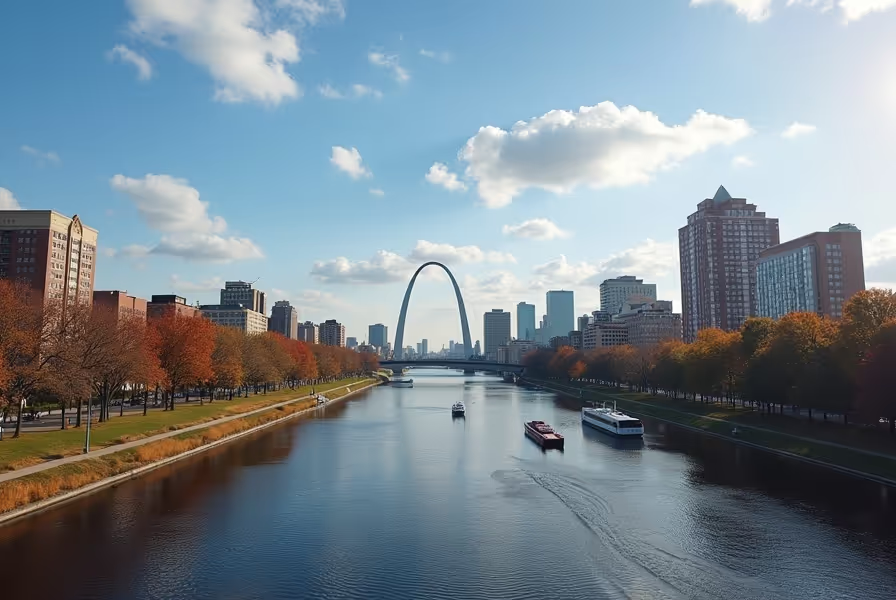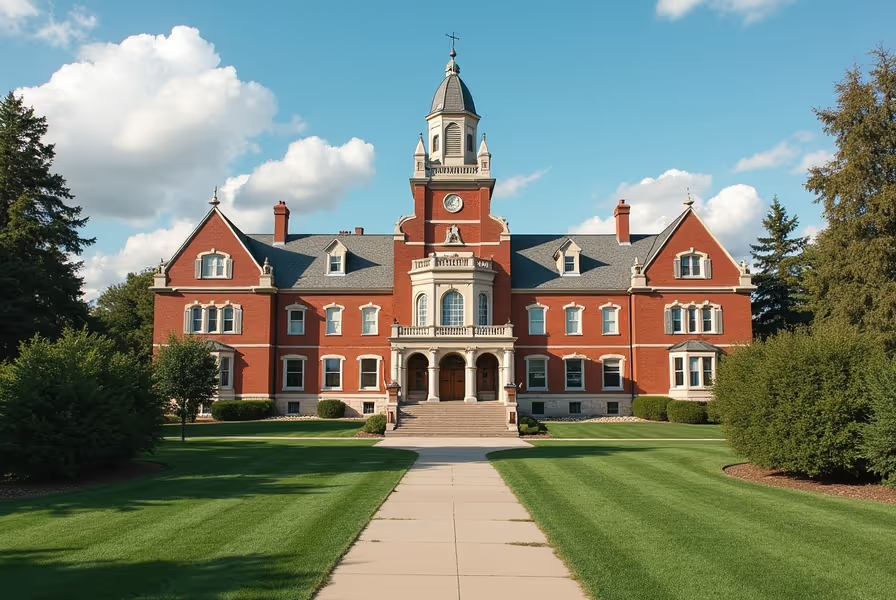Explore St. Louis Missouri by ZIP Code: A Neighborhood Guide
If you're planning to move, invest, or explore real estate opportunities in St. Louis, Missouri, understanding the city's ZIP codes is essential. ZIP codes not only help you navigate the city but also reveal community characteristics, property values, school zones, and local amenities.
Whether you're researching for relocation, business, or just curiosity, this detailed breakdown of St. Louis ZIP codes will help you pinpoint where each district lies and what to expect.
Why ZIP Codes in St. Louis Matter
St. Louis is a major metropolitan area in Missouri that combines historic charm with modern living. Its ZIP codes define both the City of St. Louis and surrounding suburbs in St. Louis County. Each ZIP code represents distinct neighborhoods, making them important for:
- Real estate and home search
- School district boundaries
- Mail delivery and logistics
- Public data and demographic reports
- Business development and commercial mapping
The city is unique because it operates as an independent city, separate from St. Louis County. Understanding this division helps navigate ZIP code boundaries more accurately.
City of St. Louis ZIP Codes: Central Urban Neighborhoods
The City of St. Louis includes several ZIP codes generally ranging from 63101 to 63139. Here’s a list of the most notable ZIP codes within the city itself:
- 63101: Downtown St. Louis – Dominated by offices, corporate HQs, sports stadiums, and entertainment spots.
- 63103: Midtown – Contains St. Louis University and cultural attractions like the Fox Theatre.
- 63104: Lafayette Square and Soulard – Known for Victorian homes and food scenes.
- 63110: The Hill and Forest Park Southeast – Italian heritage, eateries, and close access to healthcare facilities.
- 63118: Benton Park and Cherokee – Artistic and community-driven neighborhoods.
- 63139: Lindenwood Park – Family-friendly, residential communities with local schools and parks.
These ZIP codes are part of the 79 official neighborhoods designated by the city government. They are densely populated, contain mixed-use developments, and house a mix of renters and owners.
St. Louis County ZIP Codes: Greater Suburban and Outer Areas
St. Louis County wraps around the city and includes many suburban areas with their own ZIP codes. These are especially useful when you're looking for public schools, spacious properties, or quieter communities. Common ZIP codes in the county include:
- 63114: Overland – Affordable housing and diverse communities
- 63119: Webster Groves – Historic homes, suburban charm, and walkable neighborhoods
- 63122: Kirkwood – Known for parks and a strong school district
- 63123: Affton – Mid-point between city and county with a blend of urban-suburban life
- 63017: Chesterfield – Popular for business parks, shopping, and top-ranked schools
- 63146: Creve Coeur – Strategic location near biotech hubs and highways
In contrast to the city ZIP codes, these areas feature more residential zoning, larger homes, and shopping centers. Commuters and families often prefer these ZIPs due to their access to highways and employment hubs.
How Many ZIP Codes Are in St. Louis?
St. Louis City includes approximately 30 official ZIP codes ranging from 63101 to 63139, not counting specially designated postal-use-only codes. St. Louis County spans even more, with over 50 ZIP codes that share borders with neighboring municipalities and unincorporated areas.
Tips for Using St. Louis ZIP Codes When House Hunting or Relocating
If you're buying a home, renting an apartment, or starting a business in St. Louis, knowing the ZIP code is crucial. Here are some tips to use ZIP codes wisely:
- Check school district by ZIP code if education is a priority.
- Use ZIP code-based real estate filters to compare median home prices.
- Review crime statistics by ZIP code for safety insights.
- Use postal codes to find local utilities, services, and taxes.
- ZIP codes may cross neighborhood borders – double-check city vs. county location.
When you're armed with ZIP code knowledge, making informed decisions becomes much easier.
Frequently Asked Questions (FAQs) About St. Louis ZIP Codes
What is the main ZIP code for downtown St. Louis?
63101 serves most of downtown St. Louis. It includes areas close to the Gateway Arch, Busch Stadium, and the convention center.
Is St. Louis divided between city and county ZIP codes?
Yes, St. Louis City and St. Louis County are separate. Each has distinct ZIP codes. Always confirm which one applies when searching locations or services.
Which St. Louis ZIP codes are considered more residential?
ZIP codes like 63119 (Webster Groves), 63122 (Kirkwood), and 63131 (Des Peres) are highly residential with family-friendly environments and schools.
Do certain ZIP codes in St. Louis have better schools?
Yes, ZIP codes in suburbs like 63017 (Chesterfield) and 63122 are known for access to award-winning public schools. Be sure to verify school district boundaries as they do not always align perfectly with ZIP codes.
What ZIP codes include areas near Forest Park?
63110, 63112, and 63108 surround Forest Park. These neighborhoods include amenities like museums, the zoo, and Washington University.
How do I find my ZIP code in St. Louis?
You can search your address using any major map or postal tool. ZIP codes in St. Louis may change slightly along neighborhood or municipal lines.
Conclusion: Navigate St. Louis More Confidently with ZIP Code Knowledge
Getting to know the ZIP codes in St. Louis, Missouri, helps you make empowered decisions. Whether you’re moving, launching a business, or exploring a new part of town, ZIP code data reveals helpful demographic, geographic, and social information about each area.
Keep a list handy of relevant ZIP codes during your search. This small detail can play a big role in your overall experience in the Gateway to the West. Trust the ZIP code—it’s more than numbers; it’s a guide to your next chapter in St. Louis.











.svg)



